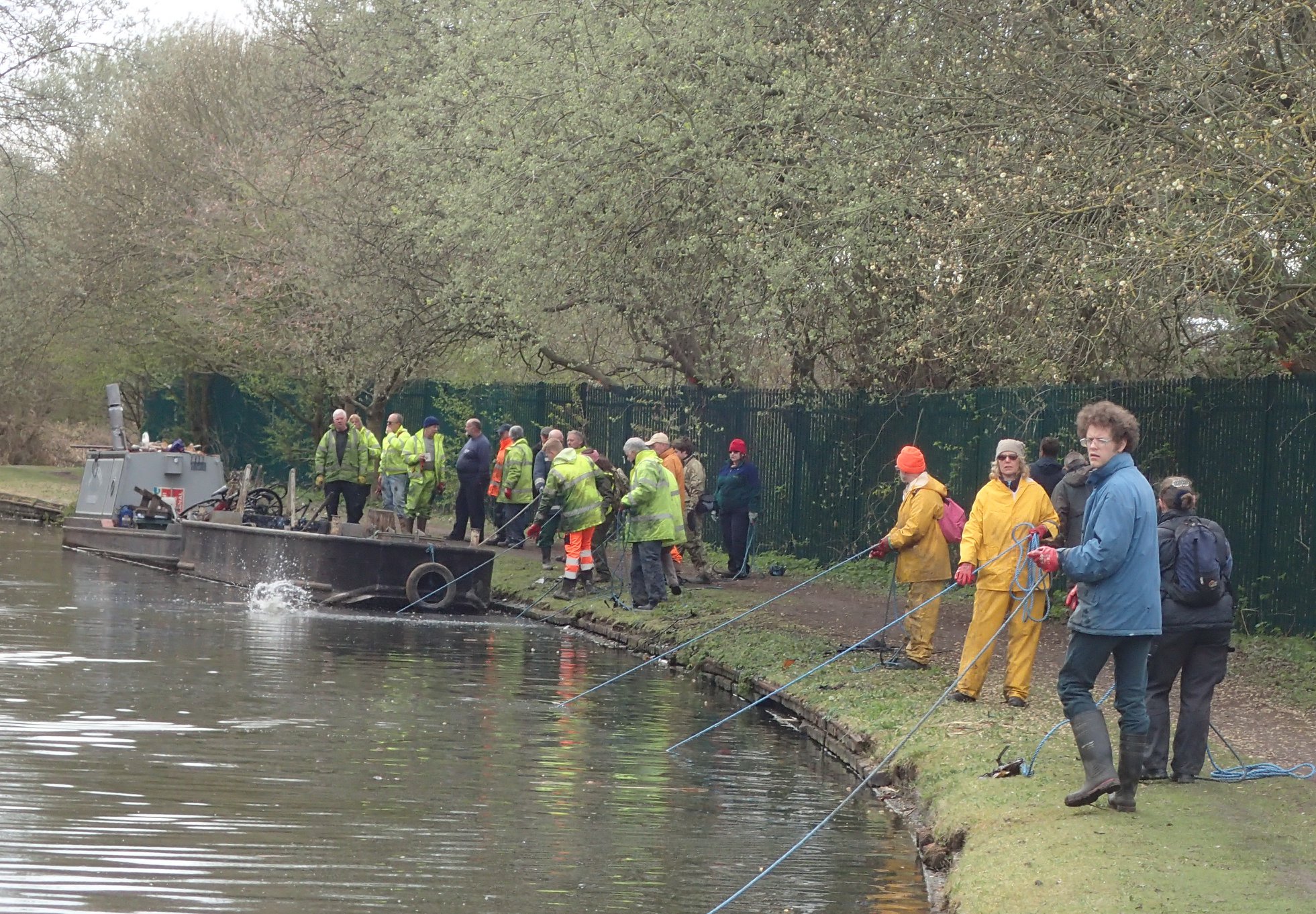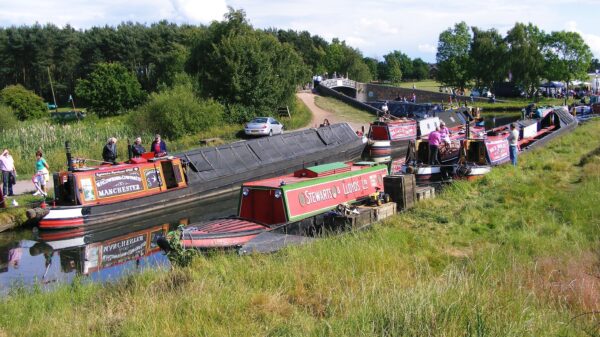From Wolverhampton to Brownhills
Along with other parts of the northern Birmingham Canal Navigations it now sees very few boats, but it was not always so.
The Wyrley & Essington Canal runs for 16.5 miles on one level from its junction with the Birmingham Canal at Horseley Fields, Wolverhampton through Wednesfield, Bloxwich and Pelsall to Brownhills. Here it once descended through 30 locks in 7 miles to Lichfield and the Coventry Canal at Huddlesford Junction. The restoration of this Ogley Locks section as the Lichfield Canal is being progressed by the Lichfield & Hatherton Canals Restoration Trust.
At Birchills Junction a ½ mile branch connects with the Walsall Canal, and at Pelsall Junction it connects to the remaining 1½ miles of the Cannock Extension Canal. From Catshill Junction, Brownhills the 5 mile Daw End Branch leads to Longwood Junction where it joins the Rushall Canal, and from Ogley Junction the 1½ mile Anglesey Branch runs to Anglesey basin at the foot of Chasewater Reservoir.



